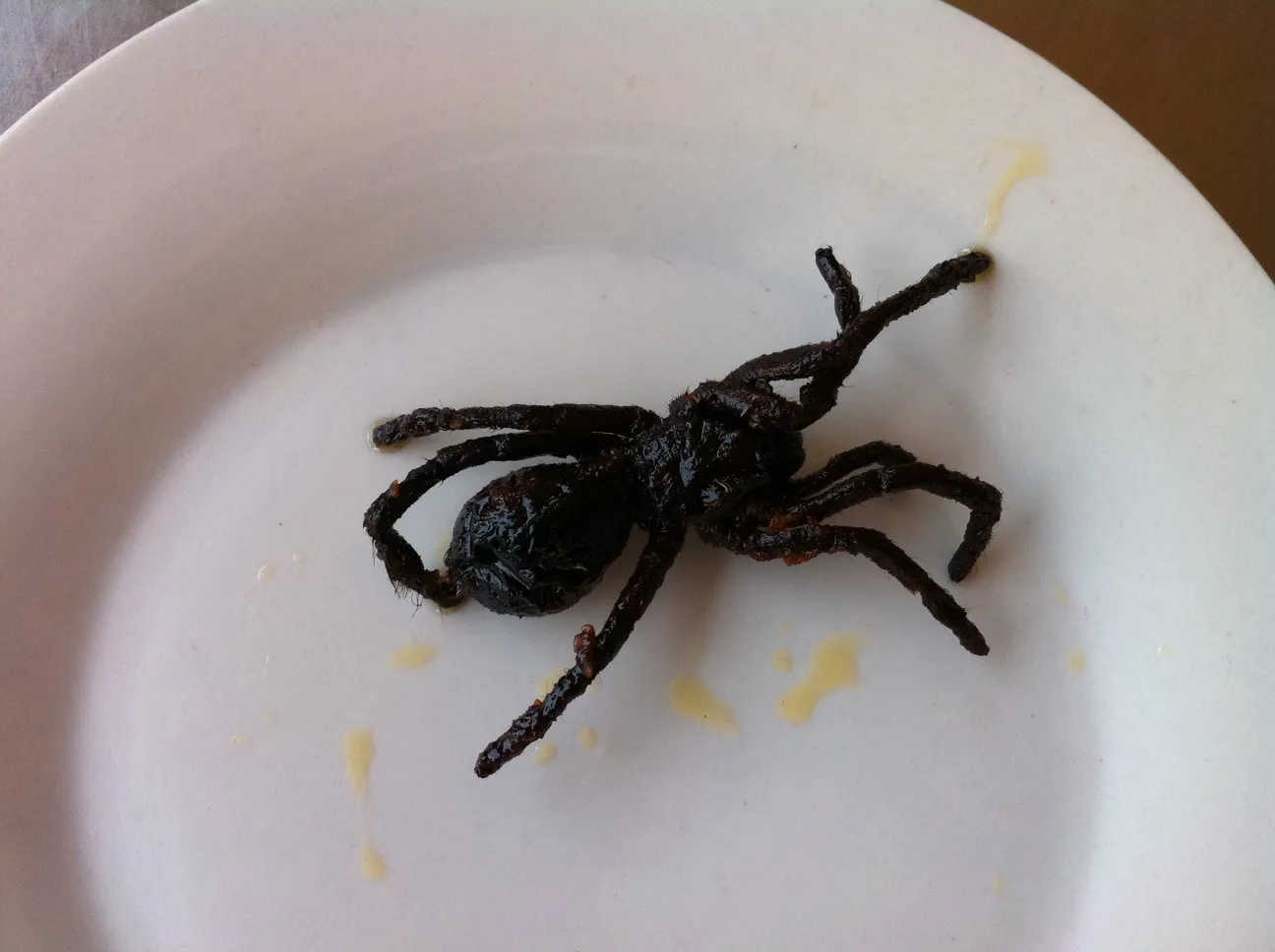What is a Fried Tarantula
Fried tarantulas, a unique and somewhat intimidating delicacy, are exactly what they sound like spiders, specifically tarantulas, that have been cooked in oil. This dish, which is more than just a culinary curiosity, has deep cultural roots and is a source of protein and sustenance in certain parts of the world. The practice of eating tarantulas is not a modern invention but rather a tradition that has evolved over time, reflecting both necessity and a sense of adventure. The preparation of these spiders involves a specific process, from the initial cleaning to the final frying, which ensures the best possible flavor and texture. The eating of fried tarantulas is an experience in itself, often accompanied by a sense of novelty and the excitement of trying something unusual. This article will delve into the specifics of this intriguing dish, exploring its origins, preparation, taste, and cultural significance.
The Origins of Eating Fried Tarantulas
The history of eating fried tarantulas is intertwined with the struggles and adaptations of people living in regions where food resources were scarce or where insects were readily available. The practice is most notably associated with Cambodia, but similar traditions can be found in other parts of the world, particularly in Southeast Asia. The consumption of insects, including spiders, provided a critical source of protein and nutrients, especially during times of famine or economic hardship. Over time, what began as a survival mechanism evolved into a cultural tradition, with different preparation methods and flavors emerging in various communities. The adaptation to eat insects has been a testament to the human’s ability to use their environment, turning what might be considered a pest into a valuable food source. Exploring the origin of fried tarantulas helps understand the cultural context that shapes this unusual dish.
Cambodia and Fried Tarantulas
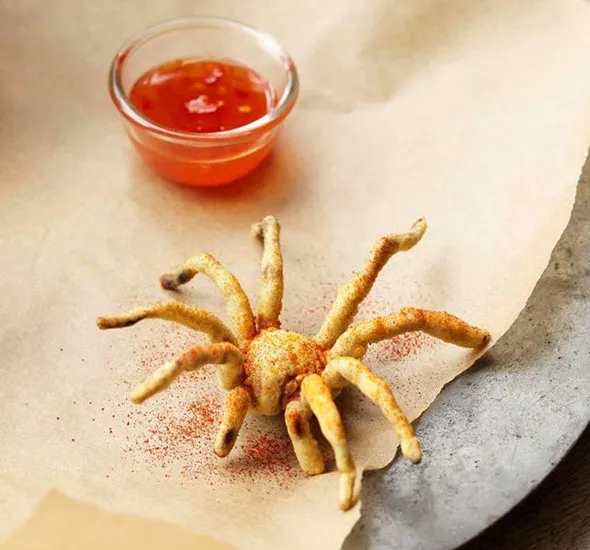
Cambodia is perhaps the most famous locale associated with fried tarantulas. Here, they are a common street food, a testament to the ingenuity and resourcefulness of the local population. The city of Skuon, in particular, is a well-known hub for tarantula consumption, attracting tourists and food enthusiasts eager to try this unique delicacy. The spiders are usually deep-fried with garlic and salt, providing a crispy exterior and a surprisingly palatable taste. The practice is not just about the food; it’s also about the cultural experience. Eating fried tarantulas in Cambodia is a way to engage with local traditions and understand the country’s history and resilience. It is a culinary adventure that leaves a lasting impression on those who dare to try it, transforming a simple meal into a memory.
How Are Fried Tarantulas Prepared
Cleaning the Tarantulas
Before the cooking process begins, the tarantulas undergo a meticulous cleaning process. This is a critical step, ensuring both the safety and the palatability of the final product. The process involves removing the fangs, which can be a potential hazard, and eliminating any internal organs that might affect the taste. The spiders are usually cleaned by gently squeezing the abdomen to remove the internal contents. This step is often handled by experienced individuals who are skilled in this task. Furthermore, the hairs of the tarantula are often singed off, providing a smoother texture. The cleaning process requires care and attention to detail, transforming the raw ingredient into something that is ready for the cooking stage.
Seasoning and Frying Techniques
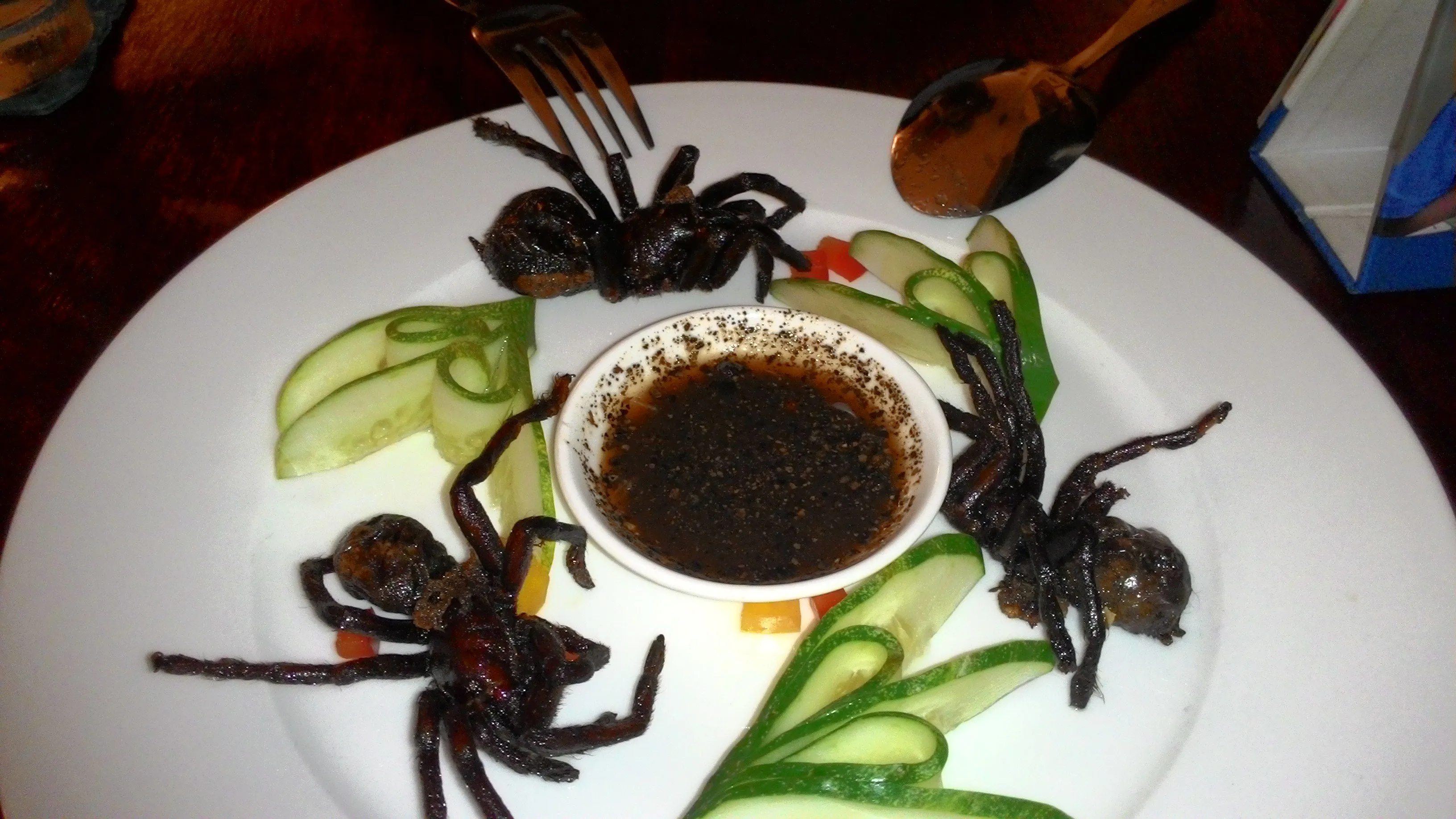
The seasoning and frying techniques are essential to achieve the distinctive flavors and textures associated with fried tarantulas. The spiders are typically seasoned with a combination of salt, garlic, and sometimes chili peppers or other spices. The seasoning is designed to enhance the natural flavors of the tarantula and create a more enjoyable taste. The frying process usually involves deep-frying the spiders in hot oil until they turn a crispy, golden brown. The oil is typically at a consistent temperature to ensure that the spiders cook evenly. The technique is vital to achieve the perfect texture: a crispy exterior and a slightly soft interior. It’s this combination that makes the dish so unique and appealing to those willing to try it.
Fried Tarantula Flavor Profile
The Taste and Texture
The flavor and texture of fried tarantulas are often surprising to first-time eaters. The texture is usually described as crispy on the outside, with a slightly soft interior. The legs are the crispiest part, while the body has a more substantial, often meaty consistency. The flavor is often compared to that of chicken or crab, with a subtle, earthy undertone. The seasoning, usually including garlic and salt, enhances the natural flavors of the spider, adding a savory note. The experience of eating a fried tarantula is as much about the texture as the taste. The contrast between the crispy exterior and the softer interior makes it an intriguing dish that is both unique and memorable.
Nutritional Benefits of Fried Tarantulas

Protein Content and Nutritional Value
Beyond the novelty, fried tarantulas offer significant nutritional benefits. They are a good source of protein, which is essential for building and repairing tissues in the body. They also provide other essential nutrients, including various vitamins and minerals. Compared to other protein sources, such as beef or chicken, insects can be more sustainable and efficient to produce, making them an increasingly attractive option for future food security. The nutritional value of fried tarantulas underscores their importance as a dietary staple in regions where they are consumed. Their protein content, coupled with other nutrients, makes them a valuable addition to a balanced diet, especially in areas where access to other protein sources is limited.
Cultural Significance of Fried Tarantulas
Fried Tarantulas Around the World
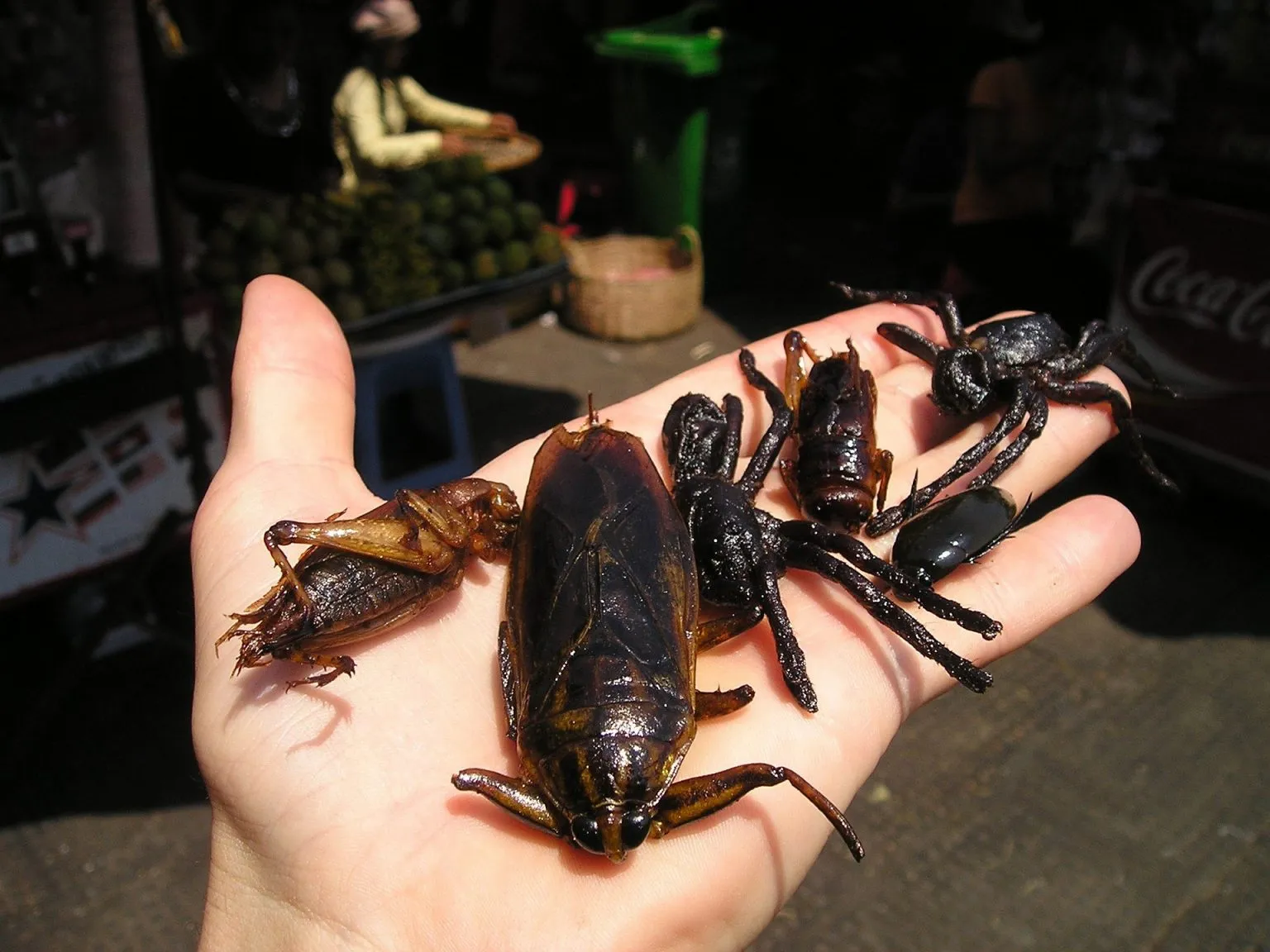
While most widely known in Cambodia, the practice of eating fried tarantulas is not entirely unique. Similar traditions exist in other parts of the world, reflecting the broader cultural diversity surrounding food practices. For instance, in some regions of South America and Southeast Asia, various types of insects and spiders are incorporated into the local cuisine. This practice demonstrates the adaptability of human diets and the resourcefulness of communities in utilizing the available resources. Each region has its own preparation methods, seasoning preferences, and cultural traditions. This variety underlines the idea that the consumption of fried tarantulas is part of a larger tapestry of human culinary diversity. Exploring these traditions provides insight into various cultures and the ways they interact with their environments.
Where to Find Fried Tarantulas
For those curious to try fried tarantulas, the primary destination is Cambodia, particularly the town of Skuon. It is readily available as a street food and in local markets. The availability in other regions is limited. Some specialty restaurants in major cities might offer them as an exotic dish. The key is to research restaurants that focus on global cuisines or adventurous dining. If traveling to Cambodia, be sure to visit the local markets and experience the authentic flavors. Always be mindful of the source and preparation to ensure a safe and enjoyable culinary experience. Experiencing fried tarantulas is not just about eating; it’s about immersing yourself in a different culture and opening up to new culinary adventures.
Tips for Eating Fried Tarantulas
Handling and Eating
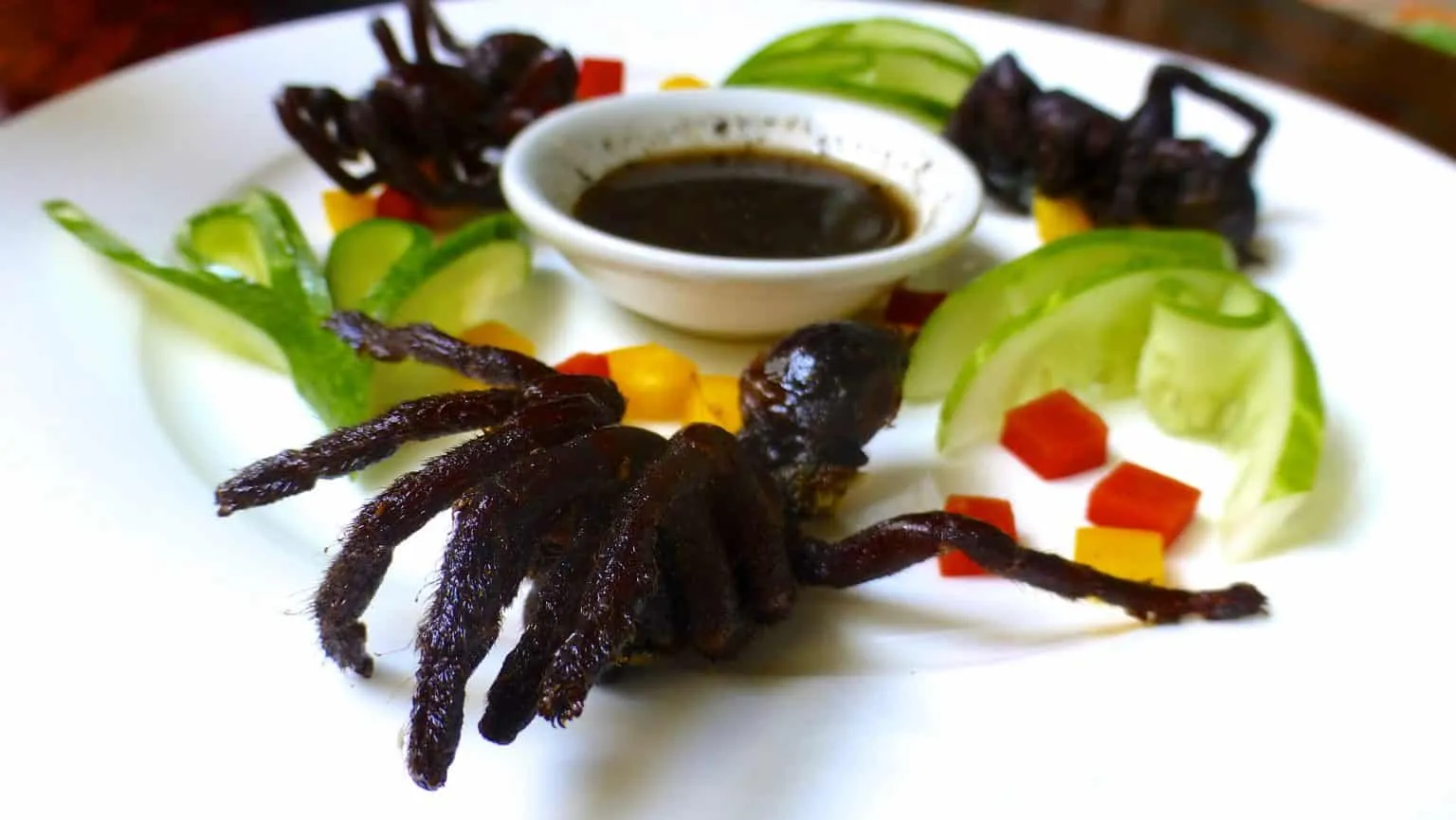
If you find yourself in front of a plate of fried tarantulas, here are a few tips to make your experience enjoyable. The spiders are typically eaten whole, including the legs, body, and abdomen. Start with the legs, which are usually the crispiest part, and then work your way to the body. Pay attention to the texture. The abdomen, filled with internal organs, may have a slightly different consistency than the legs. Eating them with your hands is common. The key is to be open-minded and approach the experience with a sense of adventure. Start slowly and savor the flavor and texture, allowing yourself to fully embrace this unusual culinary adventure.
Potential Risks and Considerations
While fried tarantulas are generally considered safe to eat, it is important to be aware of some potential risks. Allergies are always a concern, as some people may be allergic to spiders or other insects. It is always important to check for any allergic reactions before consuming the food. Always ensure the spiders are sourced and prepared safely. When eating street food, make sure the vendor follows proper food safety standards. Be aware of the environment where you consume the tarantulas. These considerations ensure a safe and enjoyable eating experience.
